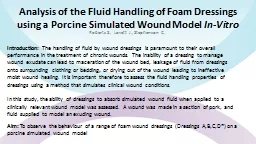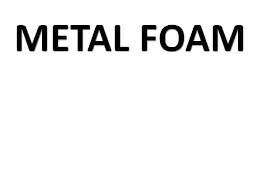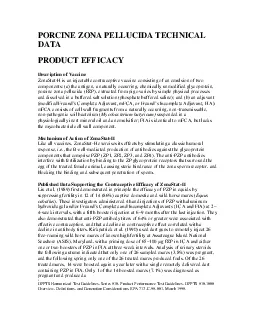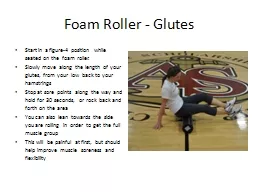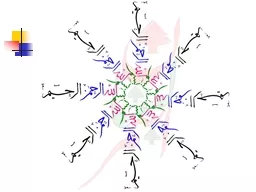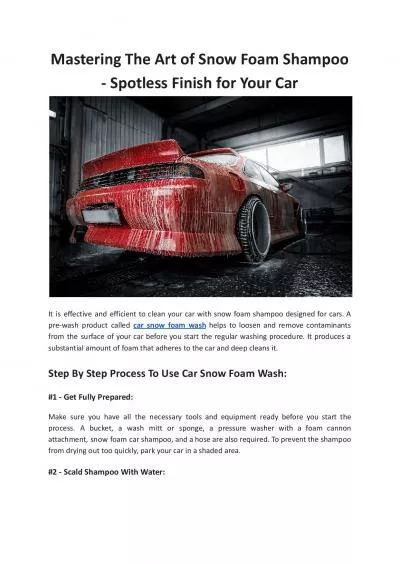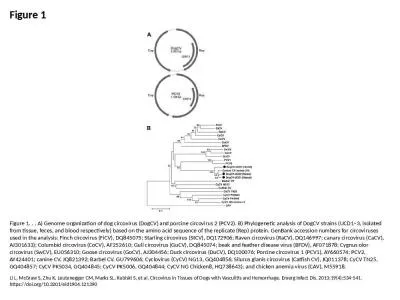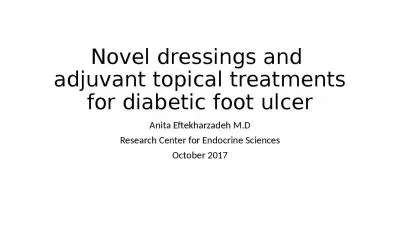PPT-Analysis of the Fluid Handling of Foam Dressings using a Porcine Simulated Wound Model
Author : giovanna-bartolotta | Published Date : 2018-10-06
InVitro Roberts S Lovett J Stephenson C Introduction The handling of fluid by wound dressings is paramount to their overall performance in the treatment of chronic
Presentation Embed Code
Download Presentation
Download Presentation The PPT/PDF document "Analysis of the Fluid Handling of Foam D..." is the property of its rightful owner. Permission is granted to download and print the materials on this website for personal, non-commercial use only, and to display it on your personal computer provided you do not modify the materials and that you retain all copyright notices contained in the materials. By downloading content from our website, you accept the terms of this agreement.
Analysis of the Fluid Handling of Foam Dressings using a Porcine Simulated Wound Model: Transcript
InVitro Roberts S Lovett J Stephenson C Introduction The handling of fluid by wound dressings is paramount to their overall performance in the treatment of chronic wounds The inability of a dressing to manage wound exudate can lead to maceration of the wound bed leakage of fluid from dressings onto surrounding clothing or bedding or drying out of the wound leading to ineffective moist wound healing It is important therefore to assess the fluid handling properties of dressings using a method that simulates clinical wound conditions. Lovett J., Roberts S., Stephenson C.. Introduction. : Fluid controlling capabilities of advanced wound dressings are of paramount importance when it comes to managing wound exudate. Poor wound exudate handling by a wound dressing can lead to fluid leakage from around the dressing or strike through, both of which can lead to soiled clothing and malodour; exacerbating patient social isolation. . Mark McDermott, MD. 1. ; Linda . Villanueva, . COT. 2. ; . Rhett . M. . Schiffman. , . MD, MS, MHSA. 2. ; David A. Hollander. , . MD. 2. 1. The . Kresge. Eye Institute, Department of Ophthalmology, Wayne State University School of Medicine, Detroit, MI; . Therapy. Lora Aboulmouna, Lisa Lewicki, Ryan Frye. What is NPWT?. The application of sub-atmospheric pressure to a sealed wound for the purpose of removing fluid and stimulating a cellular response through the mechanical stretching of wound tissue.. 33rd . annual . confernce. . of North Chapter of . ASI . Greetings. from . DrRPGMC. . Kangra. at . Tanda. Why dressing is required. To produce rapid and cosmetically acceptable healing,. Why dressing is required. WOUNDS. Wound Appearance. Description. Eschar. Primarily Slough or Mixed Granulating/Slough Wound Tissue. Fibrin. Granulating ****. Epithelializing ****. Open Surgical Incision (small. dehiscence along otherwise intact incision). The pores can be sealed (closed-cell foam), or they can form an interconnected network (open-cell foam).. The defining characteristic of metal foams is a very high porosity: typically 75-95% of the volume consists of void spaces.. I can describe how each is prepared.. FRENCH DRESSING. A combination of:. Oil. Vinegar. Seasonings. Simply combine ingredients and shake . Mayonnaise. Ingredients include:. Vinegar or lemon juice. Oil. pressure ulcer . formation. By: Kathryn Fox, RN. Ferris State University. Background. Preventing pressure ulcer (PU) formation in the hospital setting is an ongoing clinical problem. The Joint Commission (2008) found that more than 60,000 patients expire annually related to pressure ulcer complications. Decreasing pressure ulcers acquired in the hospital setting is especially important due to the economic climate of healthcare cost reduction. . DATAPRODUCT EFFICACY Description of VaccineZonaStat-H is an injectable contraceptive vaccine consisting of an emulsion of two components a the antigen a naturally occurring chemically unmodified glyco Slowly move along the length of your . glutes. , from your low back to your hamstrings. Stop at sore points along the way and hold for 30 seconds, or rock back and forth on the area. You can also lean towards the side you are rolling in order to get the full . 1867 first antiseptic dressing. 1900 true sterilization. WW I nonadherent dressings. WW II more absorptive dressings. 1960. ’. s and 70. ’. s moisture. 1980. ’. s moisture acceptance. Goals of Wound Care. Enjoy the satisfaction of a sparkling clean vehicle and the added convenience of using snow foam car shampoo by Leicester Motor Spares. Li L, McGraw S, Zhu K, Leutenegger CM, Marks SL, Kubiski S, et al. Circovirus in Tissues of Dogs with Vasculitis and Hemorrhage. Emerg Infect Dis. 2013;19(4):534-541. https://doi.org/10.3201/eid1904.121390. for . diabetic foot . ulcer. Anita Eftekharzadeh M.D. Research Center for Endocrine Sciences. October 2017. Agenda. Aim & Scope of this presentation. Role of dressings. Types of dressings. Moisture retentive dressings: Films, Foams, Hydrocolloids, Alginates, Hydrogels.
Download Document
Here is the link to download the presentation.
"Analysis of the Fluid Handling of Foam Dressings using a Porcine Simulated Wound Model"The content belongs to its owner. You may download and print it for personal use, without modification, and keep all copyright notices. By downloading, you agree to these terms.
Related Documents

